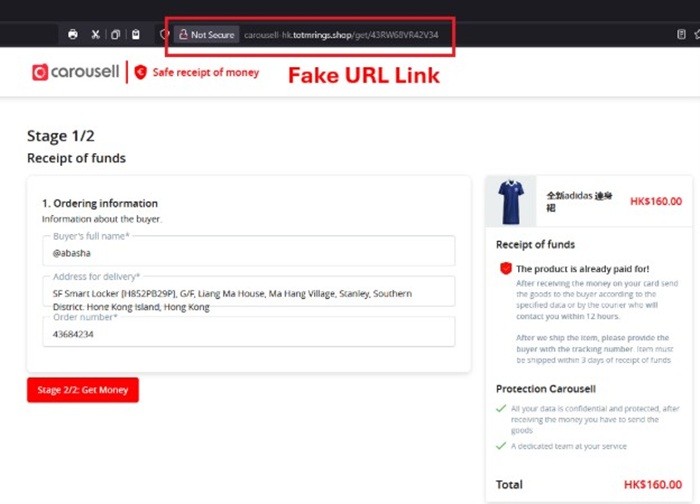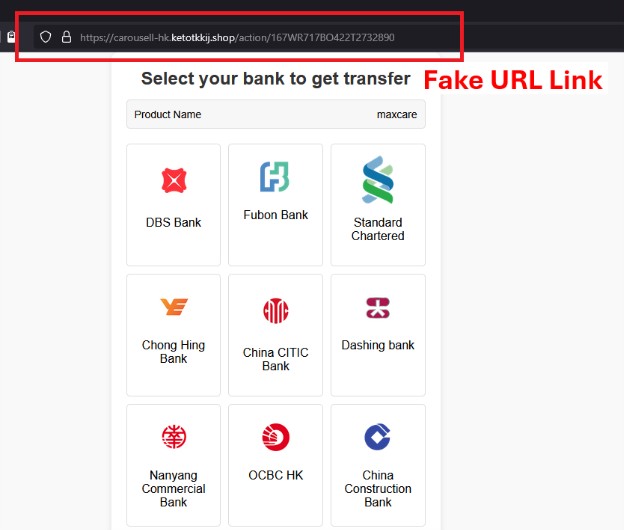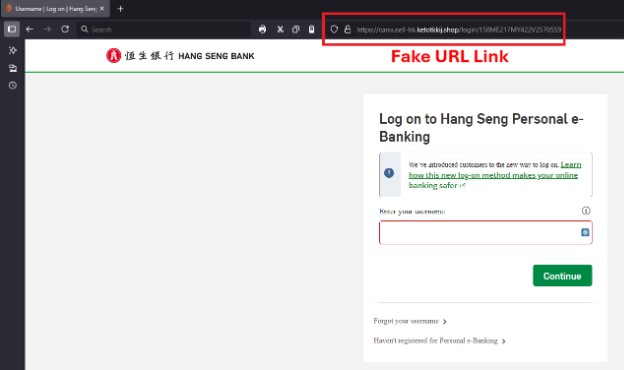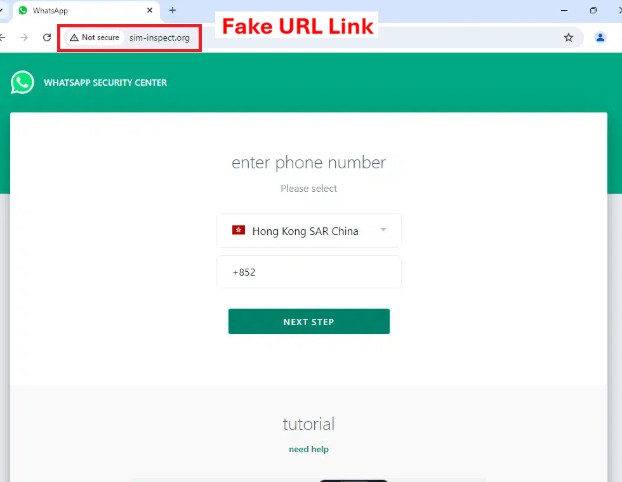-
Our Services
- The Cradle – Go Global Service Centre
-
New Industrialisation
- New Industrialisation
- New Productive Forces Service Platform
- Smart Production Line
- Innovation Technology and R&D
- Transformation and Upgrading
- Nurture New Industrialisation Talent
- Rules and Regulations
-
HealthTech and Traditional Chinese Medicine
- HealthTech and Traditional Chinese Medicine
- R&D service and Functional Investigation on Chinese Medicine, Health Food & Wellness product
- Compliance Consultation Service for Chinese Medicine, Pharmaceutical, Health Food and Medical Device Industries
- Manufacturing Enhancement - Automatic Intelligent System for Production and Packaging in Chinese Medicine, Pharmaceutical and Health Food Industries
- Assisting funding application for local medicine and health industrial associations
- “The Cradle” Services for Health Tech and TCM Industry
-
Smart Manufacturing
- Smart Manufacturing
-
IIOT
- IIOT
- Industrie 4.0 - Smart Enterprise
- Product Lifecycle Management Consultancy
- Intelligent Automatic Warehousing and Logistics
- Real-Time Manufacturing Tracking System
- Knowledge Based Engineering & CAD Solution
- Location Based Services and Location Analytics
- The HATCH
- Hong Kong Industrial Drone Technology Centre
-
AI & Robotics
- AI & Robotics
- AI Sheet Metal Surface Defect Detection Technology
- Product Innovation and Design Management
- Robotics Application
- Automation Feasibility Study
- 3D Automatic Processing
- Application and Research on Vision and Ultrasonic Inspection Assisted by Artificial Intelligence and Robotics
- Customized Intelligent and Cognition Automation Machine & System Development
- Autonomous Air-ground Cooperative Tunnel Inspector
- AR-Empowered Robot Control System (ARERC System)
- IoT-enabled Smart Toilet Bowl Cleaning System
- Novel Materials
-
Advanced Manufacturing Technology
- Advanced Manufacturing Technology
- 3D Scanning and Reverse Engineering Service
- Flexible Metallic Fiber Physical Porous Part Fabrication Technology
- Advanced Mould Cooling Technology and CAE Conformal Cooling Analysis
- Gas Atomisation Technology
- Dual Laser Metal Polishing Technology
- Advanced Additive Manufacturing, 3D Printing Technology, and Direct Manufacturing
- Diffusion Bonding Technology
- Electrically-Assisted Free Forming (EAFF) Technology for Customisation of Sheet Metal Parts
- Plastic Process and Machinery Technology
- Fashion and Garment Technology
- Computer Aided Technology (CAx)
- Watch Assembly Automation Technology
-
Digital Transformation
- Digital Transformation
- HKPC Digital DIY Portal
- Digital Transformation Support
- Intelligent Integrated Non-wearable and Wearable Health Monitoring System and App for Elderly Homes
- 「FitEasy」Virtual Fitting Technology - For People with Disability
- Smart Solution
- Research and Analytics
- Strategic IT Management
- Embedded Software System
- New Media and Learning Technology Development
- IT Industry Support
- DevOps Maturity Assessment and Consultancy Service
- Software Testing Automation Consultancy Service
- Blockchain Consulting Service
- Extended Reality (XR) technology and consultancy service
-
Cyber Security
- Cyber Security
- Cyber Security
- Cybers Security-by-design, Privacy and Compliance-by-default
- Design & Architecture
- Train & Develop
- Offensive Security
- Intelligent Security
- Defensive Security
- Intelligent Hardening
- Internet of Things (IoT) & Operational Technology (OT) Cyber Security Testing
- Phishing Defence Services
- Cyber Security Assessment & Audit
- Cyber Security Consultancy for i4.0 & e4.0
-
Green & Smart Living
- Green & Smart Living
- Green Technology
- Food Technology
- Smart Living
-
Corporate Sustainability
- Corporate Sustainability
- ESG and Sustainability Services
- Manufacturing Technology (Tooling, Metals & Plastics) Recognition of Prior Learning (RPL) Mechanism
- Market Research and Analytics
- Business Innovation
- Sustainability-related standards and guidance
- Organisation Innovation Capability Development
- District Innovation
- Customer Service Assessment
- Intellectual Property (IP) Protection and Management
- Support to Creative Industries
- Manufacturing Standards Consultancy Service
- Production Capacity Optimisation
- Cost of Quality
- FutureSkills
- SME Support
- Funding
- Testing & Standards
- Venues & Facilities
-
Support & Resource
- Technology Transfer
-
Support Centres
- Support Centres
- Low-altitude Economy Tech Hall
- The Cradle – Go Global Service Centre
- Agentic AI and Industrial Metaverse Hall
- HKPC-HP 3D Printing Technology Centre
- Future Manufacturing Hall
- Hong Kong Technology and Innovation Support Centre
- Inno Space
- The HATCH
- Advanced Electronics Processing Technology Centre
- Green Living Laboratory
- Reliability Testing Centre
- Electromagnetic Compatibility Centre
- Plastics Technology Centre
- Smart Wearables, Watch & Clock Technology Centre
- Conformal Cooling Technology Centre
- Hong Kong Digital Testing Hub
- Hong Kong Industrial Drone Technology Centre
- Aqua Research Laboratory
- Advanced Materials and Intelligent Manufacturing Centre
- Hong Kong Joint Research Lab for Applications of Intelligent Automation Technology
- Future FoodTech Lab
- HKUST-HKPC Joint Research Lab for Industrial AI and Robotics
- Hong Kong Industrial Artificial Intelligence & Robotics Centre (FLAIR)
- Testing & Standards
- HKPC Spotlights
- About US
-
 LANGUAGE
LANGUAGE
HealthTech and Traditional Chinese Medicine
- R&D service and Functional Investigation on Chinese Medicine, Health Food & Wellness product
- Compliance Consultation Service for Chinese Medicine, Pharmaceutical, Health Food and Medical Device Industries
- Manufacturing Enhancement - Automatic Intelligent System for Production and Packaging in Chinese Medicine, Pharmaceutical and Health Food Industries
- Assisting funding application for local medicine and health industrial associations
- “The Cradle” Services for Health Tech and TCM Industry
IIOT
- Industrie 4.0 - Smart Enterprise
- Product Lifecycle Management Consultancy
- Intelligent Automatic Warehousing and Logistics
- Real-Time Manufacturing Tracking System
- Knowledge Based Engineering & CAD Solution
- Location Based Services and Location Analytics
- The HATCH
- Hong Kong Industrial Drone Technology Centre
AI & Robotics
- AI Sheet Metal Surface Defect Detection Technology
- Product Innovation and Design Management
- Robotics Application
- Automation Feasibility Study
- 3D Automatic Processing
- Application and Research on Vision and Ultrasonic Inspection Assisted by Artificial Intelligence and Robotics
- Customized Intelligent and Cognition Automation Machine & System Development
- Autonomous Air-ground Cooperative Tunnel Inspector
- AR-Empowered Robot Control System (ARERC System)
- IoT-enabled Smart Toilet Bowl Cleaning System
Advanced Manufacturing Technology
- 3D Scanning and Reverse Engineering Service
- Flexible Metallic Fiber Physical Porous Part Fabrication Technology
- Advanced Mould Cooling Technology and CAE Conformal Cooling Analysis
- Gas Atomisation Technology
- Dual Laser Metal Polishing Technology
- Advanced Additive Manufacturing, 3D Printing Technology, and Direct Manufacturing
- Diffusion Bonding Technology
- Electrically-Assisted Free Forming (EAFF) Technology for Customisation of Sheet Metal Parts
- Plastic Process and Machinery Technology
- Fashion and Garment Technology
- Computer Aided Technology (CAx)
- Watch Assembly Automation Technology
Digital Transformation
- HKPC Digital DIY Portal
- Digital Transformation Support
- Intelligent Integrated Non-wearable and Wearable Health Monitoring System and App for Elderly Homes
- 「FitEasy」Virtual Fitting Technology - For People with Disability
- Smart Solution
- Research and Analytics
- Strategic IT Management
- Embedded Software System
- New Media and Learning Technology Development
- IT Industry Support
- DevOps Maturity Assessment and Consultancy Service
- Software Testing Automation Consultancy Service
- Blockchain Consulting Service
- Extended Reality (XR) technology and consultancy service
Cyber Security
- Cyber Security
- Cybers Security-by-design, Privacy and Compliance-by-default
- Design & Architecture
- Train & Develop
- Offensive Security
- Intelligent Security
- Defensive Security
- Intelligent Hardening
- Internet of Things (IoT) & Operational Technology (OT) Cyber Security Testing
- Phishing Defence Services
- Cyber Security Assessment & Audit
- Cyber Security Consultancy for i4.0 & e4.0
Corporate Sustainability
- ESG and Sustainability Services
- Manufacturing Technology (Tooling, Metals & Plastics) Recognition of Prior Learning (RPL) Mechanism
- Market Research and Analytics
- Business Innovation
- Sustainability-related standards and guidance
- Organisation Innovation Capability Development
- District Innovation
- Customer Service Assessment
- Intellectual Property (IP) Protection and Management
- Support to Creative Industries
- Manufacturing Standards Consultancy Service
- Production Capacity Optimisation
- Cost of Quality
Support Centres
- Low-altitude Economy Tech Hall
- The Cradle – Go Global Service Centre
- Agentic AI and Industrial Metaverse Hall
- HKPC-HP 3D Printing Technology Centre
- Future Manufacturing Hall
- Hong Kong Technology and Innovation Support Centre
- Inno Space
- The HATCH
- Advanced Electronics Processing Technology Centre
- Green Living Laboratory
- Reliability Testing Centre
- Electromagnetic Compatibility Centre
- Plastics Technology Centre
- Smart Wearables, Watch & Clock Technology Centre
- Conformal Cooling Technology Centre
- Hong Kong Digital Testing Hub
- Hong Kong Industrial Drone Technology Centre
- Aqua Research Laboratory
- Advanced Materials and Intelligent Manufacturing Centre
- Hong Kong Joint Research Lab for Applications of Intelligent Automation Technology
- Future FoodTech Lab
- HKUST-HKPC Joint Research Lab for Industrial AI and Robotics
- Hong Kong Industrial Artificial Intelligence & Robotics Centre (FLAIR)
HKCERT Reminds Public to Stay Vigilant Against Phishing and Fake Websites During Easter Online Shopping

(Hong Kong, 16 April 2025) As the Easter approaches, the Hong Kong Computer Emergency Response Team Coordination Centre (HKCERT) reminds the public to stay alert to phishing scams and counterfeit websites while shopping online, safeguarding personal data and avoiding financial losses.
Easter is a time for gift-giving, and many consumers turn to online platforms to purchase festive goods or pre-order event supplies. While e-commerce offers convenience and variety, it also exposes users to evolving cyber threats. Criminals often exploit seasonal shopping trends by creating fake websites and promotional traps to steal personal and financial information.
Upgraded Scam Tactics: Fake Payment Pages
HKCERT’s monitoring reveals that hackers recently created fake websites that pretended to be second-hand trading platforms like Carousell, directing users to counterfeit bank payment pages during transactions after online shopping. These pages mimic legitimate banking interfaces, requesting sensitive details such as account credentials, SMS verification codes, and even CVV numbers. Embedded within the trading platform’s workflow, victims often mistake these pages for authentic payment steps, leading to financial data breaches.


As shown in below image, the page will switch to another page with designs that mimic the chosen bank based on the victim's selection. For example, when the victim chooses to transfer money via "XX Bank," the web page will change to a page imitating the legitimate XX Bank's official website with same color scheme, trademark, and form fields to confuse the user. There have been cases where victims entered their online banking passwords on the forged page, and the stolen credentials were immediately used for high-value cross-border transactions.

In addition, cybercriminals combine "fake official notifications" with "multiple URL redirects" technique to greatly increase the misleading nature of the fraudulent messages. They carry out phishing attacks disguised as WhatsApp verification via SMS, using shortened URLs to hide the real domain names. Users can only see a disguised link like "t.ly/wsapps-hk" in the SMS and may not be able to identify the authenticity of the URL before clicking on it. After clicking, the page displayed fully imitates the WhatsApp account verification process and asks for the account information.


To protect yourself from these fraudulent activities, HKCERT recommends the public take the following security measures:
- Stay vigilant to all suspicious payment requests, emails, or text messages. If in doubt, verify directly through official channels;
- Never disclose your SMS verification code, security code of credit card (such as CVV2, CVC code), SMS verification code of credit card (such as 3D Secure verification code), password of online payment or e-banking platform, etc. to others under any circumstances;
- If you receive an "account abnormality" notification, use the official app of the related entity directly to check the status, and never click on the link in the notification; when contacting customer service, use only the numbers provided on the official website or application, and never use the "direct line" provided by the sender;
- Use strong passwords and enable multi-factor authentication (MFA);
- Regularly check the transaction records of payment platforms to ensure there are no abnormal activities;
- Ensure all software and applications are updated to the latest version to prevent known security vulnerabilities;
- Use "CyberDefender" to identify fraud and cyber traps by checking email addresses, URLs, and IP addresses, or call the Hong Kong Police Anti-Deception Coordination Centre "Anti-Scam Helpline 18222" for assistance;
- Enhance cybersecurity awareness and learn more about new fraudulent tactics and preventive measures.
- Ends -
Share the latest information of HKPC to your inbox
Our Services
Support & Resource
HKPC Spotlights
COPYRIGHT© Hong Kong Productivity Council
